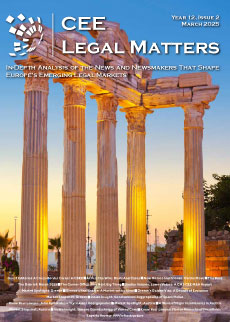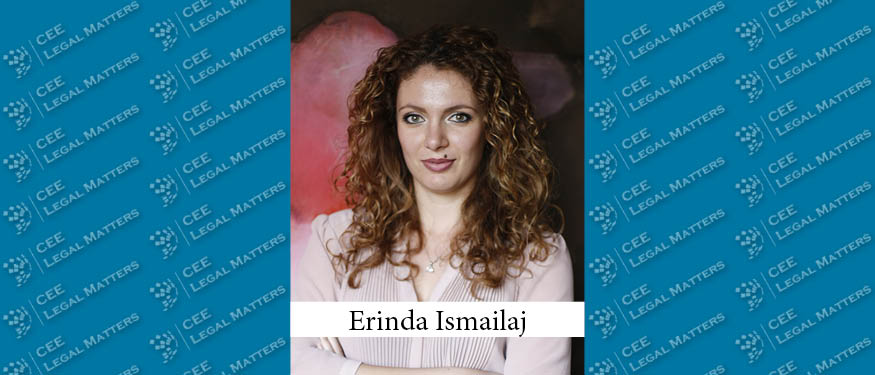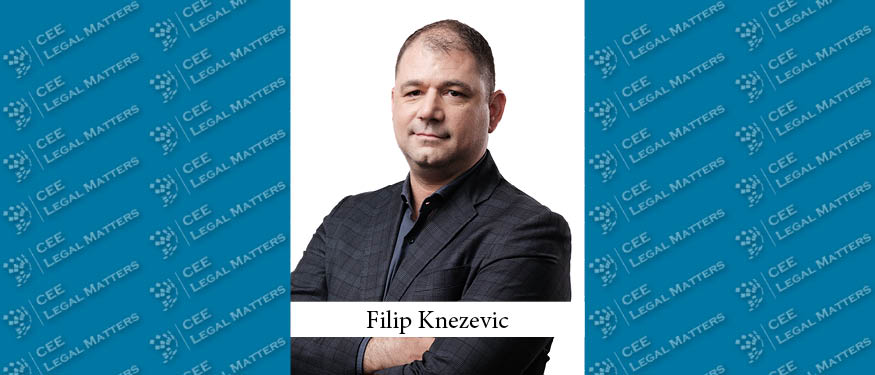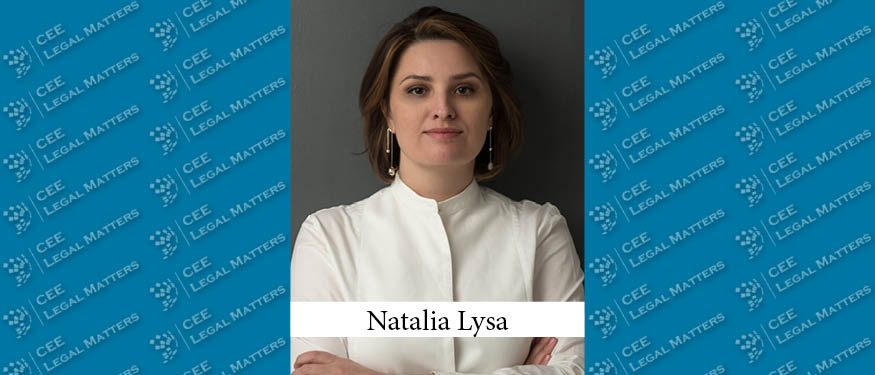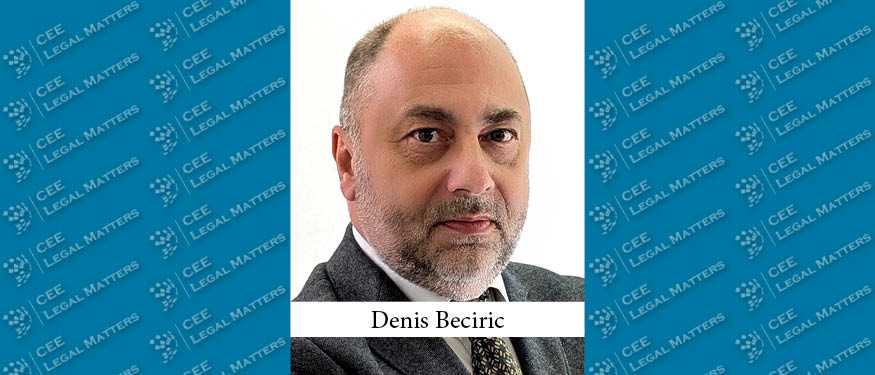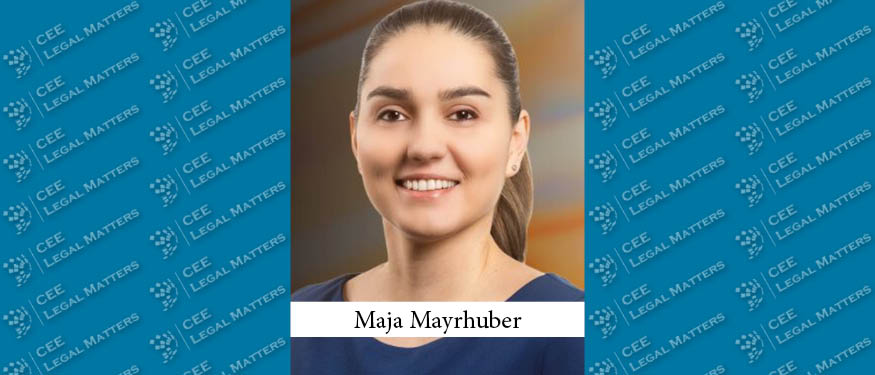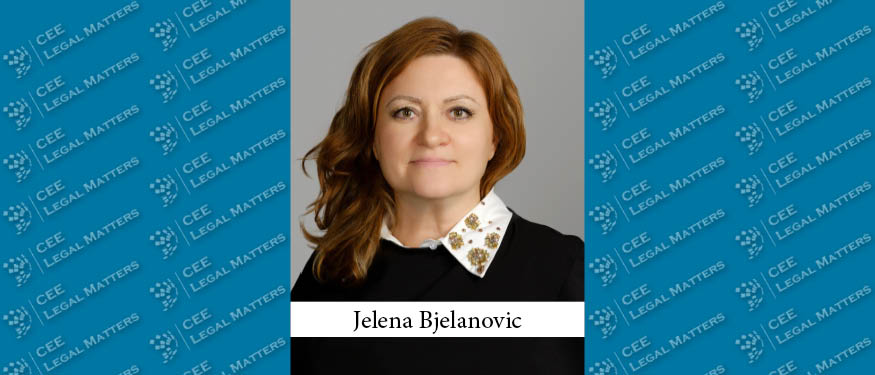The so-called M&A tool is probably the most impactful element of the Foreign Subsidies Regulation (FSR), affecting many global and even local transactions. A first read of the FSR's provisions may give the incorrect impression that the tool covers only few large transactions, but its impact may be much more significant than this. Let us take a closer look at what to keep in mind when engaging in an M&A transaction process.
Transactions possibly covered by the tool
The new tool will enable the European Commission (EC) to review "concentrations", which is a notion that was taken from the EU merger control regime. This means that the tool captures only transactions resulting in the acquisition of control. Interestingly, this contrasts with FDI regimes, which in many countries also apply to the acquisition of non-controlling (minority) shareholdings. The application of the concentration concept will allow to revert to the abundant case law of the CJEU and decisional practice of the European Commission in the merger control domain, as well as the EC's soft law, in particular the Jurisdictional Notice.
Thresholds for mandatory notifications
The M&A tool establishes a mandatory filing requirement. Transactions have to be reported if the following triggering criteria are cumulatively met:
- at least one of the merging undertakings, the acquired undertaking or the joint venture is established in the European Union and generates an aggregate turnover in the Union of at least EUR 500m; and
- the parties to the transaction combined were granted financial contributions of more than EUR 50m from third countries in the last three years (see a previous Legal Insight from our series by Hanno Wollmann).
It remains to be seen how the criteria requiring an establishment in the EU will be handled in practice. In theory, this leaves some wiggle-room for shaping the transaction structures in a way to avoid a notification obligation. However, even if so, the EC would be able intervene via its other FSR enforcement powers to investigate a bypassed transaction (see below).
The turnover-related thresholds rest for the most part on the logic of the EU Merger Control (EUMR). As with the EUMR, the group turnover must be considered. A careful reader, however, notes that in the case of joint ventures, the turnover must be generated by the joint venture itself. This deviates from the standards under the EU merger control, where the turnovers of parent companies are taken into account. Thus, the creation of a joint venture scenario will only invoke mandatory notification where an existing business is being transferred from sole to joint control, rather than greenfield joint venture scenarios.
The second limb sets out the value of financial contributions that triggers the review. It refers to the combined financial contribution of all transaction parties, meaning that it can be met by one party alone (e.g. only by the target). The application of this criteria and its impact remain to be seen. Importantly, it is based on financial contribution and not the subsidy amount (see here for our insight by Hanno Wollmann). This means many transactions will easily exceed this threshold.
Treatment of below-threshold transactions
The EC may also review any concentration when it suspects that foreign subsidies (see here for the concept of foreign subsidies) were granted to the parties. The EC may require a notification of such below-threshold concentrations (call-in power) only if they were not implemented (closed). Once called-in, the transaction cannot be closed before a decision is taken (standstill obligation). Since call-in situations do not require any conditions for mandatory notifications being met, the Commission's power can also be exercised with respect to acquisitions of non-EU based targets.
Finally, while the M&A tool does not extend to implemented transactions, it does not prevent such transactions from being reviewed under the general tool.
Hence, the FSR adds an additional layer of uncertainty to transactions on top of the risk of post-closing review under certain FDI regimes, Article 22 EUMR or Article 102 TFEU following the CJEU's recent Towercast judgment.
(A lot of) red tape for businesses – information required for notifications
Much of the criticism that is directed against FSR relates to the significant amount of information that would need to be collected for the assessment of whether the transaction meets the thresholds for mandatory notifications and, consequently, for the notification itself.
The draft-implementing regulation showed that the EC seems to meticulously follow the text of the FSR, possibly requiring a vast amount of information concerning financial contributions. It remains to be seen whether the outcry of the business community during the consultation on the implementing regulation will lead to a more hands-on approach by the EC.
The EC is due to publish a final version of the implementing regulation before the FSR provisions on notifications become effective on 12 October 2023.
Likewise, the assessment of what constitutes a foreign contribution, to which parties so far do not have any guidance, may be burdensome. This will always be necessary for assessing whether the third condition for mandatory notifications is met. Hopefully, the EC's practice will allow waivers for non-relevant information on non-problematic financial contributions, clearly provided on a market basis.
Review process
The review process of the M&A tool was inspired again by the EUMR. First, the submission of the notification triggers a 25-business day period (Phase 1) in which the EC will decide whether to approve the transaction or initiate an in-depth review (Phase 2). In Phase 2, the "default" period is 90 business days, but it can be extended by up to 20 business days if the parties so request, particularly when they offer commitments.
How to reflect the notification obligation and risk of review in transaction documents
The FSR clearly adds another layer of complexity to M&A processes. Transaction lawyers will need to factor FSR ramifications into their due diligence exercise (e.g. is the acquirer subsidised by a third country?) and transactional planning.
The FSR requirements will need to be reflected in M&A transaction documents (as is the case with merger control and FDI regimes). This includes the typical condition precedents to closing and the allocation of the FSR risk among the contractual parties (e.g. "hell-or-high-water" or break fees).
For the preparation of the filing documentation it will become necessary to add additional obligations of the parties to duly cooperate in the process and warranties confirming that the underlying data provided for the purpose of evaluating the conditions for FSR filing are correct, complete and up to date.
The parties may also contemplate a break-up fee and/or contractual penalties for failing to obtain FSR clearance and/or breaching their obligations under the transaction documents relating to the FSR regime. Finally, interim covenants should provide protection against gun-jumping in the same way as may be relevant for merger control and FDI procedures.
Outlook
The current state of the legislation does not allow us to precisely estimate how much information the Commission will require in practice to be included in a notification. Nevertheless, the draft implementing regulation shows that notifications will not be trivial. The category of financial contributions is a novel concept, which companies have not been confronted with in the past. Especially in the first months and years, it may be difficult for businesses to collect the information to the extent required. Depending on the Commission's approach, an assessment of whether a transaction will need to be notified under the M&A tool and subsequent preparation of a notification may significantly prolong the overall transaction process. Businesses will need to properly understand the FSR's provisions on the M&A tool and have an effective system in place for identifying financial contributions and their potential to be seen as distortive.
By Volker Weiss, Office Managing Partner, Jan Kupcik, and Michal Jendzelovsky, Attorenys at Law, Schoenherr







